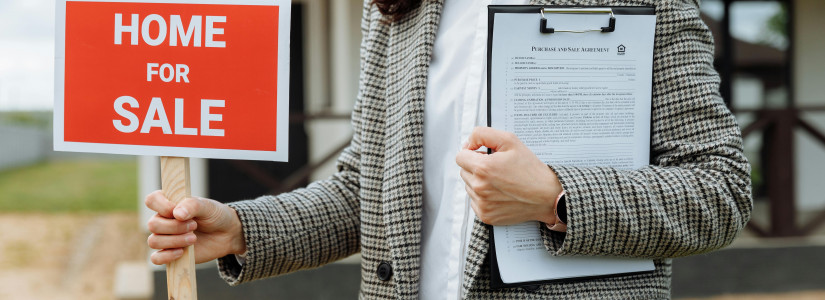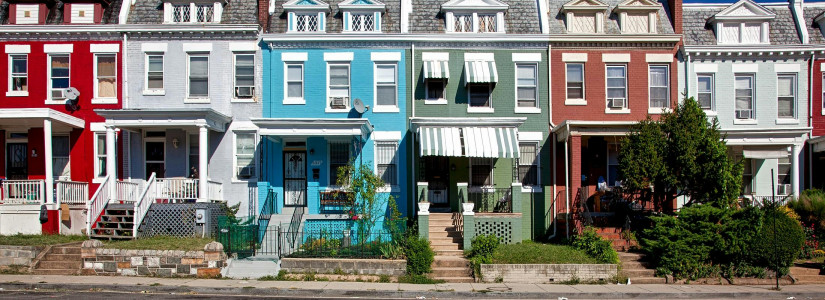The USDA Awards Over $100 Million in Grants for High-Speed Internet Connectivity
The Department of Agriculture has announced large grant awards to help rural communities gain high-speed broadband internet access. The latest round of investment is for a total of $116.7 million dollars. These grants are spread out across 14 states and territories. Many of these awards are in the form of half loans and half grants. In other words, because of this grants program, companies only have to put up very little money out of their own pocket upfront in order to complete the project. The government ends up covering half of their costs.
Why Does the Federal Government Give Money for Internet Connectivity?
The USDA has a large grant program that is aimed at connecting rural areas that are not currently served by high-speed internet. Most broadband companies do not want to invest heavily in these areas because the cost of connecting these customers far exceeds the profits that the companies can make on serving these areas. Rural connectivity will usually involve heavy investment, but the population that is serviced is not enough for the company to not only recoup their investment but also to make a reasonable profit from it. As a result, the government needs to invest the money to connect these communities because there is little incentive for private companies to perform this task.
To give an idea of how expensive it is to connect rural communities, the first wave of this grant funding will help serve just under 22,000 households. These areas are often isolated and located far from existing infrastructure. This increases the costs that companies have to invest in connectivity. For example, USDA awarded $6 million in grants to connect rural counties in Oregon and this large grant will connect just over 400 homes.
Who Benefits from These Grants?
The grant program not only helps residential homes but also assists hospitals and other institutions that need connectivity. For example, in the last round of grants, there were awards to several hospitals to install the necessary infrastructure to achieve full connectivity. Some of the benefits include improving medical care by allowing for better connectedness. For example, if a patient is hospitalized in rural areas, doctors in other hospitals can be accessed through videoconferencing and records sharing.
These grants were made pursuant to a USDA program that invests hundreds of millions of dollars in rural broadband access. The program is called the Rural Development Broadband ReConnect Program, and it was increased in 2018 when Congress appropriated approximately more money for rural broadband development.
The intention of the program is to reduce the number of homes that do not have a reliable internet connection. USDA estimates that 24 million homes lack an affordable and reliable high-speed internet connection. Four in five of these homes are located in rural areas. Previously, the USDA spent about $700 million annually for these grants and these loans. After the 2018 Consolidated Appropriations Act, Congress gave USDA an additional $600 million to spend for these purposes. Now, USDA is in the process of making additional investments with this money.
The Benefits to the Economy of this Grant Program
While, on the surface of things, it seems that spending all of this money to connect so few rural homes in the country is not a wise use of money, the benefits to the American economy are multifold. Connecting rural areas increases the productivity of agriculture by improving the technological options that are available. It is estimated that increasing enhancing digital agriculture technologies can add $47 billion to the U.S. economy.
As mentioned above, rural broadband connectivity can also reduce rural health care costs by allowing for greater connectedness to other hospitals. Telemedicine can improve healthcare in areas that are underserved by doctors.
While individual households cannot apply for government grants to improve connectivity. companies and non-profits are able to apply for these grants. This can include hospitals and educational institutions. The government is increasing the amount of money that is available so funding is easier to get than it was in the past provided that the program requirements are met. One of the requirements of federal funding is that the entity that applies for the grant must have matching funds for 15% of the federal grant although this can be used on operating costs. For the loans program, applicants are encouraged to partner with non-profits or state and other governmental institutions.











